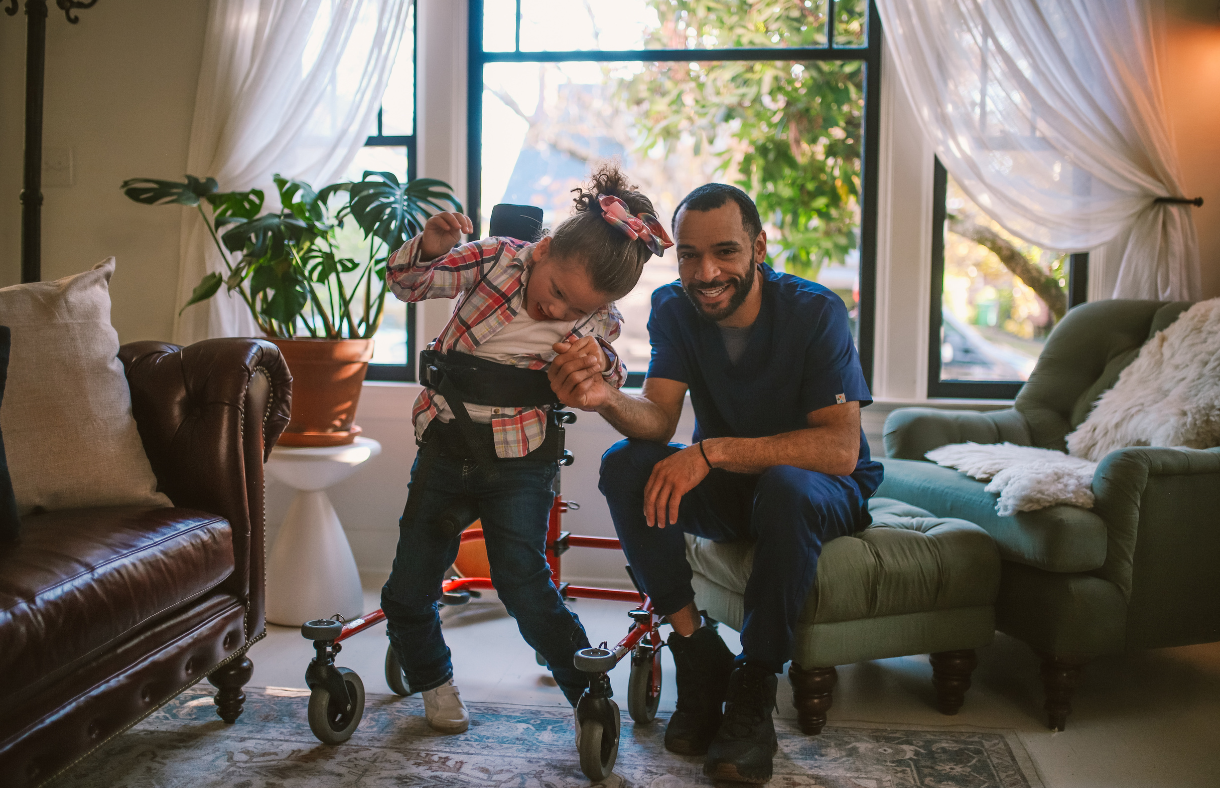The term “birth defect” is falling out of favor, as people rightly resent implications of being “defective.” This writer personally prefers “congenital disabilities”; the World Health Organization speaks of “congenital anomalies”; but for the present, “birth defects” remains the official CDC designation and January is “National Birth Defects Awareness Month.”
By any name, the month focuses on raising awareness, improving quality of life, and providing support and encouragement—for all people with congenital health issues, and for their families.
What Is a “Birth Defect”?
Congenital disabilities, which affect about one in 33 babies born in the United States, are defined as “structural [physical-body] changes” that impair everyday functioning. A few common examples are:
- Cleft palate
- Deafness
- Down syndrome
- Fetal alcohol syndrome
- Heart conditions
- Muscular dystrophy
- Spinal bifida
Disorders run the spectrum from lethal to mild, and may be diagnosed months before birth or go undetected for years. Some such conditions are treatable; many are not.
The CDC’s Awareness Month focus this January is “Across the Lifespan,” considering how congenital disorders affect people in five different stages of life.

Before and During Pregnancy
Not all “birth defects” are predictable or preventable. However, there are steps you can take, while still pregnant, to reduce chances of their occurring.
- Abstain from smoking, alcohol, and other unprescribed drugs.
- Get medical advice on continuing existing prescriptions or beginning new ones. Also ask your doctor about precautions to take when receiving vaccines. (Never just decide on your own not to “risk” vaccination: preventable viruses are the greater danger to an unborn child.)
- Eat healthy, and take your folic acid and other recommended supplements.
- Ask your doctor how much weight you should plan on gaining during the pregnancy, especially if you started out over- or underweight.
- Stay fit, but avoid activities that may trigger overheating.

Infancy
If you haven’t already established a relationship with a primary pediatrician, find one as soon as possible. It’s inadvisable for a baby (or anyone else) to “hop” between doctors (or clinics!): a single individual has a much easier time staying familiar with patients’ personalities and needs. Also, since many babies and young children are nervous of doctors, familiar faces and surroundings help lower checkup-related trauma.
Don’t be afraid to change pediatricians if your current one has inadequate experience with your baby’s specific condition. Especially, go elsewhere quickly if you find yourself with a pessimist who dwells on what your child may never achieve (it’s way too early to judge lifelong limitations).
Childhood
When a young child has a disability, you have to consider:
- Can they participate effectively in play groups and organized activities?
- Should they attend an “ordinary” school?
- What specific accommodations will they need in the larger world?
Don’t let worry overwhelm you: concentrate on developing an objective picture of your child’s needs and abilities. Lean on support from your family, friends, and parenting peers. And don’t underestimate your child: this is the age for channeling all the powers of belief and imagination.

Adolescence
As youngsters enter puberty and face the prospect of transitioning to adulthood, natural physical changes may trigger changes in disability symptoms—or make a previously undiagnosed disorder all too obvious. Be prepared to cope with new challenges.
- Don’t ignore signs of physical or emotional difficulties.
- Prioritize communications and empathy. If you suspect something is wrong, ask gently rather than demanding explanations.
- Beware of overprotection, even when the “my baby” instinct asserts itself as you consider your teenager’s disabilities. Chances are they’re as eager as the typical adolescent to test the waters of independence.
- If you’ve relied on an Individualized Education Program and/or disability assistance, find out early whether your child will remain eligible after high school or upon reaching legal adulthood. Plan ahead—with your adolescent’s full input!—for changes in budget, education, or living situation.
Adulthood
A frequent concern for 20–40-year-olds with congenital disabilities is: If I have children, will they inherit my condition? A genetic counselor can help you weigh the odds. A counselor can also help you plan what to do if you become unexpectedly pregnant, or if a disability is diagnosed in your unborn child.
Certain conditions can also create health risks for pregnant mothers. Especially if you have a condition involving heart or nerve dysfunction, talk to your doctor before trying to conceive. But once you do decide to have children, don’t be swayed by worries about how it might “turn out.” A so-called birth defect doesn’t have to ruin anyone’s life: you already have your own experience to prove it!
See also: Easter Seals Greater Houston’s Early Childhood Intervention services, TexasYouth2Adult.com and BridgingApps recommendations for apps related to:

